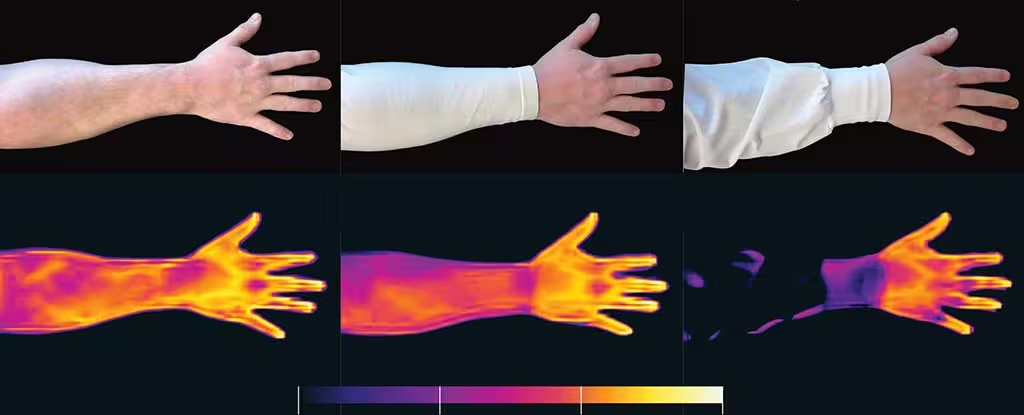There’s something about us that mosquitoes adore. In addition to our smell and breath, our exposed skin also acts as a kind of neon sign that lets you know the damn bar is open. According to a new study, mosquitoes use infrared sensing in their antennae to track their prey.
In many parts of the world, mosquito bites are more than just an inconvenience; they can spread pathogens like dengue fever, yellow fever, and the Zika virus. According to statistics from the World Health Organization, malaria, carried by the Anopheles gambiae mosquito, was responsible for more than 600,000 deaths in 2022. To avoid serious illnesses and even unbearable itching, we humans are committed to finding ways to prevent mosquito bites.
A study by scientists from the University of California at Santa Barbara (UCSB) has shown that mosquitoes use infrared sensing in conjunction with other signals we already know, such as the nose, which detects CO2 in our breath and certain body odors, to locate hosts.
“The Aedes aegypti mosquito that we studied is extremely good at finding hosts,” says University of California molecular biologist Nicholas Debeaubien.
But mosquitoes don’t have very good vision, and scents can be unreliable if it’s windy or the host is moving, so the team suggested that infrared sensing could offer the insects a reliable way to find food.
Only female mosquitoes drink blood, so the researchers placed 80 female mosquitoes (about 1-3 weeks old) in cages with various fake “hosts” represented by combinations of thermoelectric plates, human breath concentrations of CO2, and human odors. They recorded 1-minute videos to observe their behavior as they searched for a host.
They described them as “a mosquito resembling a female, which sits, walks and pushes its proboscis through the mesh of the cage, sits on a human being and then walks, feeling the surface of the skin with its tag.”
Some mosquitoes were given a thermoelectric plate set at the average human skin temperature of 34 degrees Celsius (93 °F), which also served as a source of infrared radiation. Others were set at an ambient temperature of 29.5 °C (88 °F), which mosquitoes like but are known not to emit infrared radiation.
Neither of these signals (CO2, odor, or infrared radiation) attracted the mosquitoes on their own, but the insects’ apparent bloodlust doubled when infrared was added to a setup that only included CO2 and odor.
“A separate signal alone does not stimulate host-seeking activity. Infrared is important only in the context of other cues, such as high CO2 and human odor,” says UCSB neuroscientist Craig Montell.
The team also confirmed that mosquitoes’ infrared sensors are located on their antennae, where they have the temperature-sensitive protein TRPA1. When the team deleted the gene for this protein, the mosquitoes were unable to detect infrared radiation. The results help explain why mosquitoes are particularly attracted to exposed skin, and why loose clothing, which emits infrared radiation, is such an effective defense against them.
It could also lead to slightly more high-tech mosquito repellents, such as the possibility of traps that use thermal radiation equal to skin temperature as bait.
“Despite their small size, mosquitoes are responsible for more human deaths than any other animal,” DeBaubien said. “Our research deepens our understanding of how mosquitoes attack humans and opens new opportunities for controlling the transmission of mosquito-borne diseases.” The study was published in: Nature.
Source: Port Altele
